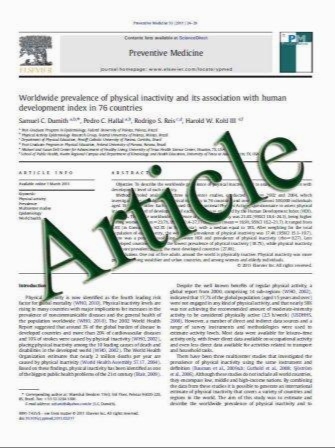Stimulation of retinoic acid-induced functional sodium iodide symporter (NIS) expression and cytotoxicity of 131I by carbamazepine in breast cancer cells
- نوع فایل : کتاب
- زبان : انگلیسی
- مؤلف : Michael J. Willhauck Dennis J. O‘Kane Nathalie Wunderlich Burkhard Go¨ke Christine Spitzweg
- چاپ و سال / کشور: 2010
Description
The sodium iodide symporter (NIS) mediates the active iodide uptake in the thyroid gland as well as lactating breast tissue. Recently, we reported significant stimulation of all-trans retinoic acid (atRA)-induced NIS expression in the estrogen-receptor positive human breast cancer cell line MCF-7 by dexamethasone (Dex) in vitro and in vivo, which might offer the potential to image and treat breast cancer with radioiodine. In this study, based on its known interaction with the pregnane-X-receptor (PXR) forming a heterodimer with the retinoid-X-receptor (RXR), we examined the effect of carbamazepine (CBZ), a potent activator of PXR, on atRA-induced NIS expression and therapeutic efficacy of 131I in MCF-7 cells. For this purpose, functional NIS expression in MCF-7 cells was examined by iodide uptake assay, quantitative real-time PCR as well as Western blot analysis, followed by investigation of 131I cytotoxicity in vitro after incubation with CBZ (4, 25, 100 lM) in the presence of atRA (1 lM) with or without Dex (100 nM). Incubation with CBZ stimulated atRA-induced iodide accumulation up to twofold in a concentration-dependent manner, while atRA/Dex-stimulated iodide uptake was further stimulated up to 1.5-fold by additional CBZ treatment based on significantly increased NIS mRNA and protein levels. This stimulatory effect of CBZ was shown to be dependent on the PI3K-Akt pathway without involvement of mTOR. In contrast, treatment with CBZ alone had no effect on functional NIS expression. Moreover, selective cytotoxicity of 131I was significantly increased from approximately 20% in MCF-7 cells treated with atRA alone to 50% after treatment with CBZ in the presence of atRA, which was further enhanced to 90% after combined treatment with atRA/Dex/CBZ. In conclusion, CBZ represents another potent stimulator of atRA-induced functional NIS expression resulting in an enhanced selective killing effect of 131I in MCF-7 breast cancer cells.
Breast Cancer Res Treat (2011) 125:377–386 Received: 15 October 2009 / Accepted: 5 March 2010 / Published online: 19 March 2010 Springer Science+Business Media, LLC. 2010


